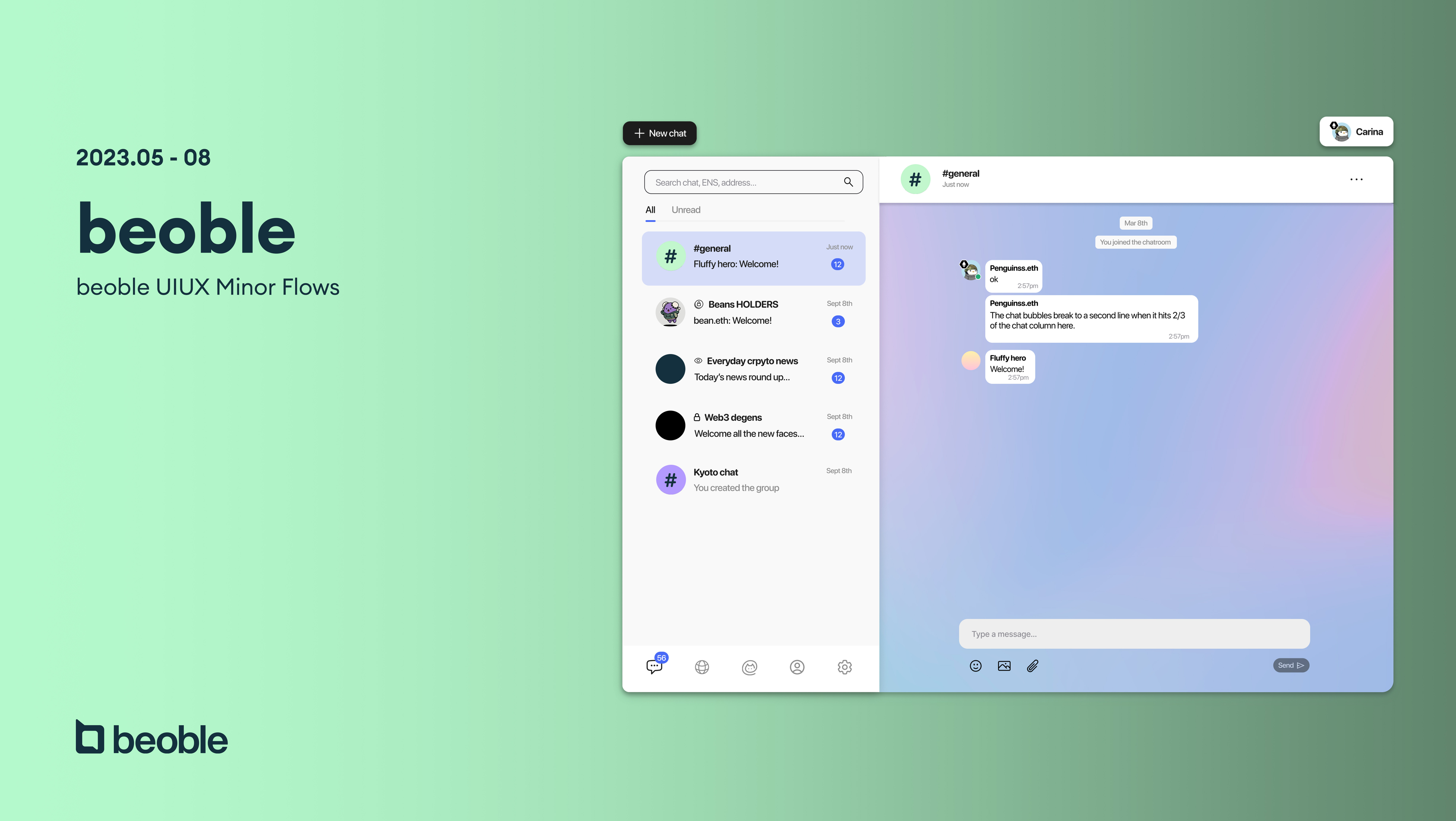Research on Copyright Laws in the Design Industry:
A Comprehensive Guide
A Comprehensive Guide
As designers, our work is more than just a product—it’s an expression of creativity, skill, and vision. But in a world where digital content can be copied and shared with a single click, protecting your designs has never been more important. Copyright laws exist to safeguard your intellectual property, but navigating these laws can be complex. This research post aims to provide a detailed, professional overview of copyright laws as they apply to the design industry, along with actionable steps to protect your work and real-life examples of copyright cases.
Understanding Copyright: The Foundation of Design Protection
Copyright is a legal framework that grants creators exclusive rights to their original works. For designers, this means that the moment you create a tangible piece of work—whether it’s a logo, website layout, or illustration—you automatically own the copyright to that work. These rights include the ability to reproduce, distribute, display, and create derivative works based on the original.
Key Principles of Copyright:
Automatic Protection: Copyright protection is granted as soon as a work is created and fixed in a tangible form. Registration is not required but can provide additional legal benefits.
Originality Requirement: The work must be original and exhibit a minimal degree of creativity. It does not need to be novel or unique, but it must be independently created.
Idea-Expression Dichotomy: Copyright protects the expression of an idea, not the idea itself. For example, the concept of a minimalist logo is not protected, but the specific design you create is.
Duration: Copyright typically lasts for the creator’s lifetime plus 50 to 70 years, depending on the jurisdiction.
Copyright Laws in the Design Industry: A Closer Look
The design industry encompasses a wide range of creative disciplines, each with its own nuances when it comes to copyright protection. Below, we explore how copyright laws apply to different types of design work.
1. Graphic Design and Illustrations
Graphic design and illustrations are among the most straightforward categories for copyright protection. Logos, posters, digital illustrations, and branding materials are all considered original works of authorship and are protected under copyright law.
Important Consideration: If you are creating designs for clients, ensure that ownership rights are clearly outlined in a contract. In some cases, clients may expect full ownership of the work, while in others, you may retain the copyright and grant them a license to use the design.
2. Web and UI/UX Design
Web design involves both artistic and functional elements, which can complicate copyright claims. While the visual design of a website (e.g., layout, graphics, and color schemes) is protected, the underlying code and functional aspects (e.g., navigation menus) may not be.
Example: A custom-designed website with unique graphics and layout is protected, but the use of standard icons or templates may not be eligible for copyright protection.
3. Fashion and Product Design
Fashion design occupies a gray area in copyright law. In many countries, clothing designs are considered functional items and are not protected by copyright. However, unique patterns, prints, or decorative elements on clothing may qualify for protection.
Example: A distinctive fabric pattern or an artistic embroidery design on a garment may be protected, while the cut or style of the clothing is not.
4. Architectural Design
Architectural works, including building designs and blueprints, are protected by copyright. However, the functional aspects of a building (e.g., its layout or construction methods) are not covered.
Example: The unique design of a skyscraper or a residential home is protected, but the standard features of a building (e.g., doors, windows) are not.
What to Do If Someone Copies Your Design
Discovering that your design has been copied can be both frustrating and overwhelming. Here’s a step-by-step guide to handling such situations professionally and effectively.
Step 1: Document the Infringement
Gather all evidence of your original work, including drafts, project files, and timestamps. Then, document the copied work through screenshots, photos, or other means. This evidence will be crucial if you need to take legal action.
Step 2: Contact the Infringer
In some cases, the infringer may not be aware that they have violated your copyright. A polite but firm communication can often resolve the issue. Clearly state your ownership of the work and request that they cease using it.
Step 3: Send a Cease-and-Desist Letter
If the infringer does not respond or refuses to comply, a cease-and-desist letter is the next step. This formal legal document demands that the infringer stop using your work and may also request compensation. You can draft this letter yourself or seek assistance from a lawyer.
Step 4: File a DMCA Takedown Notice
If the copied work is posted online, you can file a Digital Millennium Copyright Act (DMCA) takedown notice with the platform hosting the content. Most platforms, such as Instagram, Etsy, and YouTube, have a straightforward process for submitting these notices.
Step 5: Consider Legal Action
If the infringement is severe and the infringer refuses to cooperate, you may need to pursue legal action. Consult an intellectual property attorney to explore your options, including filing a lawsuit to seek damages and enforce your rights.
Real-Life Examples of Design Copyright Cases
To better understand how copyright disputes play out in the real world, let’s examine some notable cases.
1. Shepard Fairey vs. The Associated Press (2009)
Artist Shepard Fairey created the iconic "Hope" poster of Barack Obama using a photograph taken by an Associated Press (AP) photographer. The AP claimed that Fairey had infringed their copyright by using the photo without permission. The case was eventually settled out of court, with Fairey agreeing to share profits from the poster. This case highlights the importance of obtaining proper licenses for reference materials.
2. Louis Vuitton vs. My Other Bag (2016)
Louis Vuitton sued My Other Bag, a company selling tote bags featuring parodies of the luxury brand’s logo. The court ruled in favor of My Other Bag, citing fair use and parody as valid defenses. This case demonstrates that parody can be a legitimate defense against copyright infringement claims.
3. Apple vs. Samsung (2011)
In one of the most high-profile design copyright cases, Apple sued Samsung for copying the design of the iPhone. The court ruled in favor of Apple, awarding the company over $1 billion in damages. This case underscores the importance of protecting not only the functional aspects of a product but also its design elements.
4. Star Athletica vs. Varsity Brands (2017)
This case involved a dispute over the copyrightability of cheerleading uniform designs. The U.S. Supreme Court ruled that the designs were eligible for copyright protection because they could be separated from the functional aspects of the uniforms. This decision clarified the scope of copyright protection for fashion designs.
5. Mattel vs. Bratz Dolls (2008)
Mattel, the creator of Barbie, sued the makers of Bratz dolls, claiming that the designer of the Bratz dolls had created the concept while working for Mattel. The court initially awarded Mattel $100 million in damages, but the ruling was later overturned. This case highlights the complexities of copyright ownership in employment and contract work
How to Protect Your Designs Proactively
Preventing copyright infringement is far easier than dealing with it after the fact. Here are some practical steps to safeguard your designs:
Register Your Work: While copyright protection is automatic, registering your work with a copyright office can provide stronger legal protection and make it easier to pursue infringement claims.
Use Watermarks and Low-Resolution Previews: When sharing your work online, use watermarks or low-resolution images to deter unauthorized use.
Include Copyright Notices: Add a copyright notice (e.g., © 2023 Your Name) to your designs to inform others of your rights.
Draft Clear Contracts: When working with clients, use contracts that specify ownership rights and usage terms for your designs.
Monitor Your Work Online: Use tools like Google Reverse Image Search or TinEye to track where your designs are being used.
Conclusion
Copyright laws are a vital tool for protecting the rights of designers and ensuring that their creative efforts are respected. By understanding these laws and taking proactive steps to safeguard your work, you can minimize the risk of infringement and handle disputes effectively. Remember, your designs are a reflection of your talent and hard work—don’t hesitate to take action when necessary to protect them.



